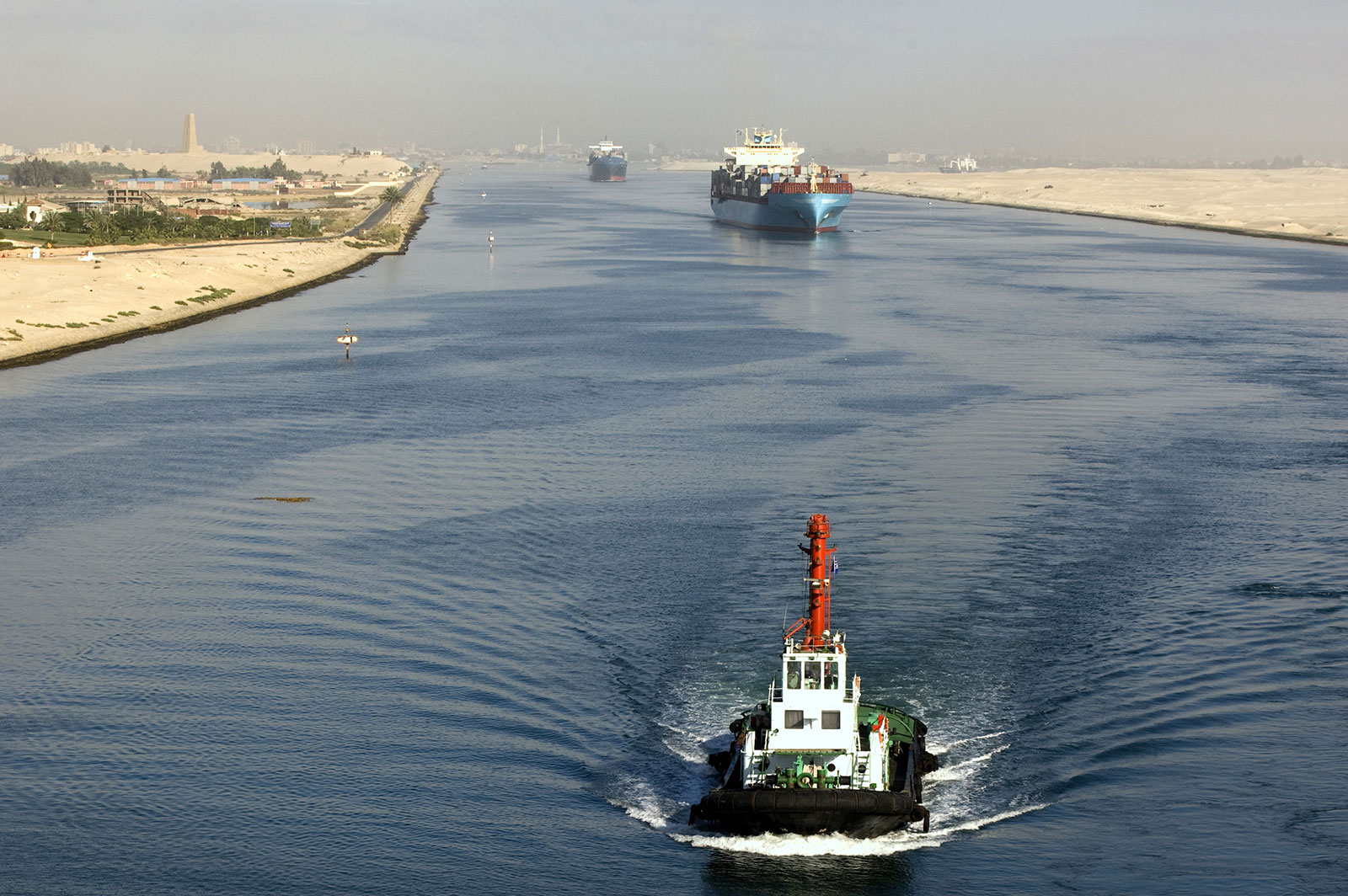Turkey’s political leadership is making a lot of noise on the European and Middle Eastern scenes. In the midst of Egypt’s revolution, many people talked about the possibility of Egypt adopting a Turkish-style leadership structure based on a power share agreement between the military and political forces.
Even on my last trip to the Midan al-Gamea Market in Heliopolis, when I asked for a door lock to buy, the shop keeper asked me, “Do you want the Turkish or the Chinese one? The Turkish one is better.”
We get it, Turkey is everywhere now. Now, if I may, a bit more on Turkey…
While waiting in transit at Istanbul’s Ataturk airport, an Egyptian compatriot smelled me out. Upon finding out that I am going to Antalya, he told me that apparently I’d chosen the right place to go to. Based on his internet searches — it was his first time in Turkey as well — “Antalya is filled with sexy women… If you’re into that sort of stuff.”
Though I don’t recall a higher rate of attractive women than what is normally found in the world, the natural beauty surrounding this coastal town, tucked between the evergreen Taurus mountains and the tranquil Mediterranean, makes it certifiably sexy.
Having spent countless days on the North African side of the Mediterranean, being on the other side felt like that moment you see someone you’ve known all your life in a completely different context. This Mediterranean felt more like a tranquil lake.
The mountains surrounding it offer thousands of kilometers of fun and scenic hiking. The main coastal highway moving west is littered with advertisements for campsites with tons of activities and sights like caving, cliff diving and waterfalls. Its natural beauty is well-suited for shamanistic tourism and nature-frolicking.
If five-star coastal resorts are more of your thing, you’ll have your pick a little further down the road in Beldibi.
The town center, while nice, isn’t worth its own trip. It’s more of a microcosm of what is abound in the rest of Turkey. In the old cobblestone market, Kaleici, you can get a taste of a great deal of the city’s historical offerings.
Seljuk (12th century A.D.) and Ottoman (14th to 20th centuries A.D.) minarets blend seamlessly with the Roman walls of the city built by king Attalus — the city’s namesake — in the second century B.C., when the city was incorporated into the Roman Empire.
King Attalus, presumably, was seduced by the city’s charm into staying there.




